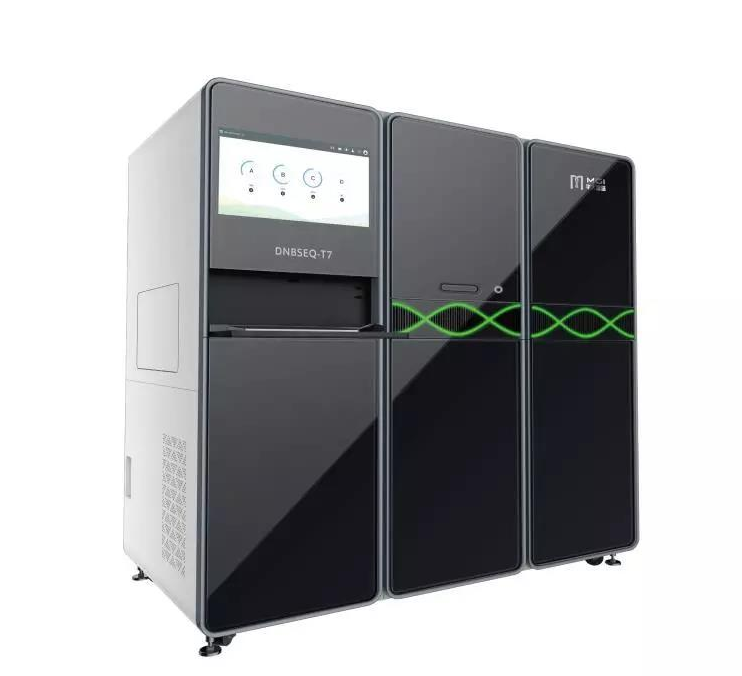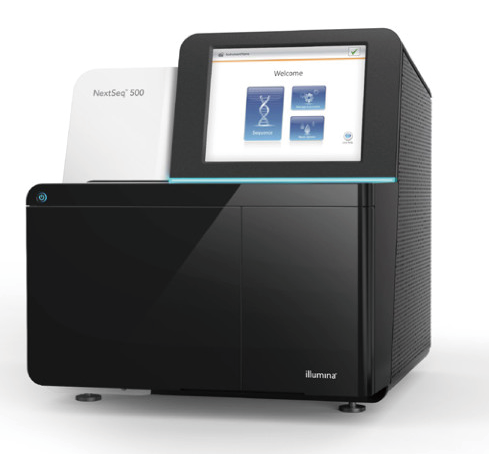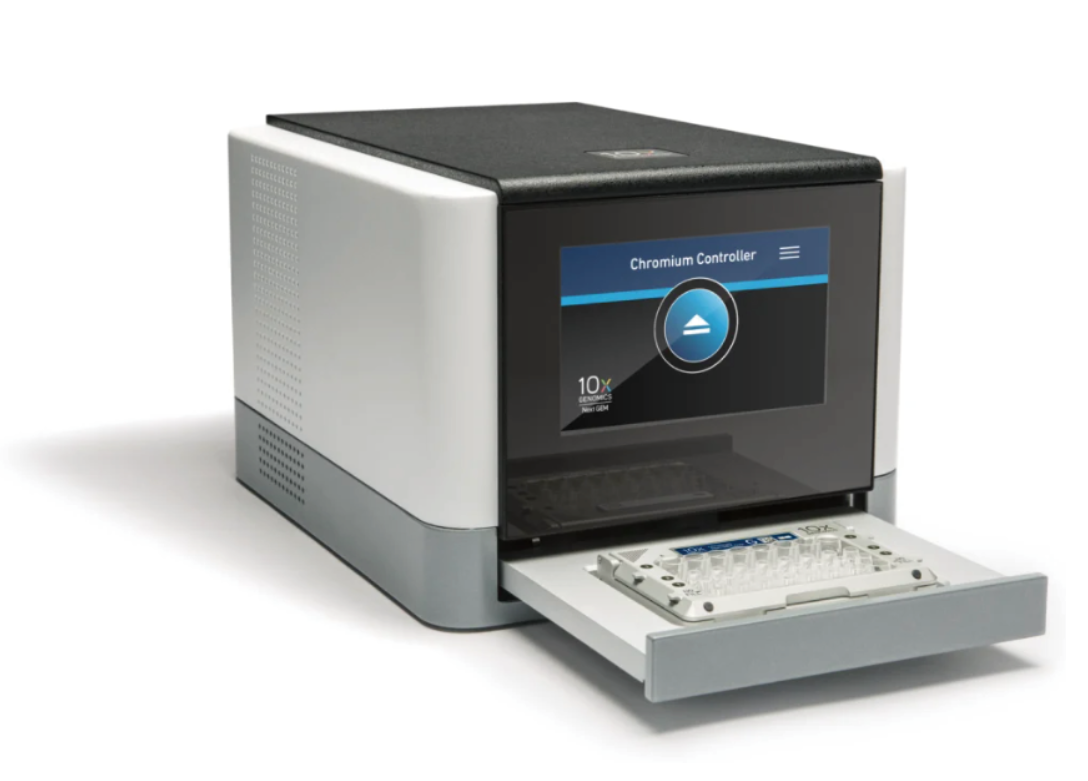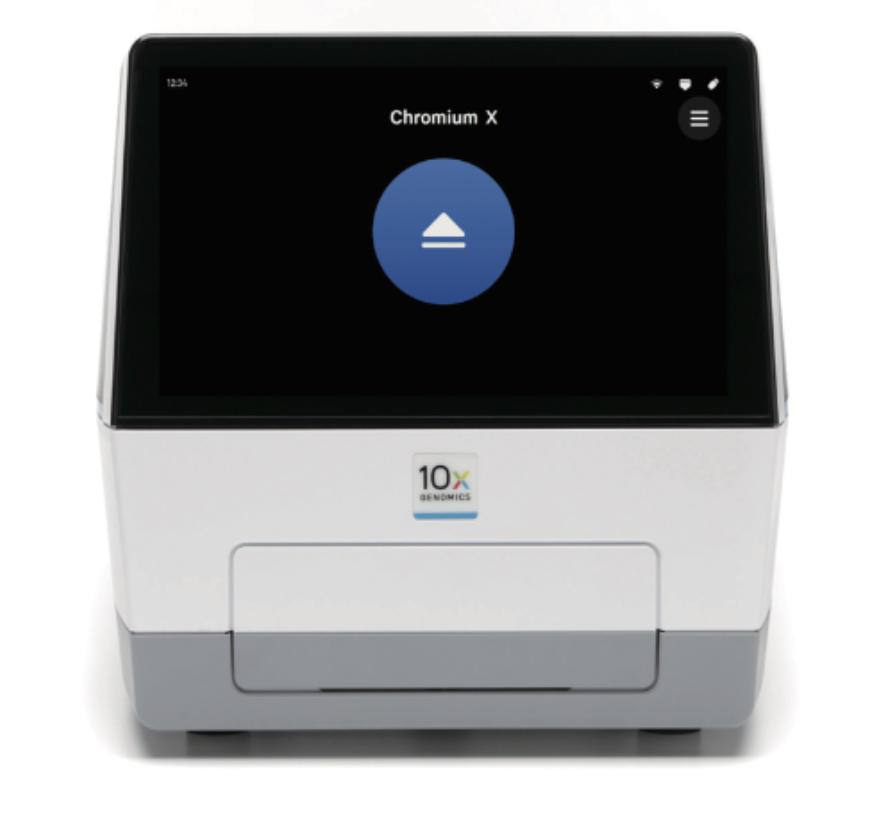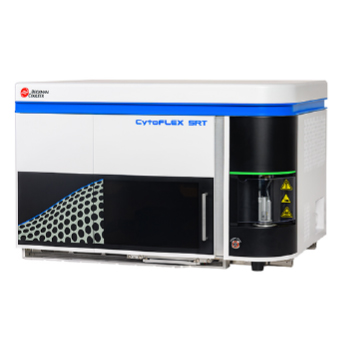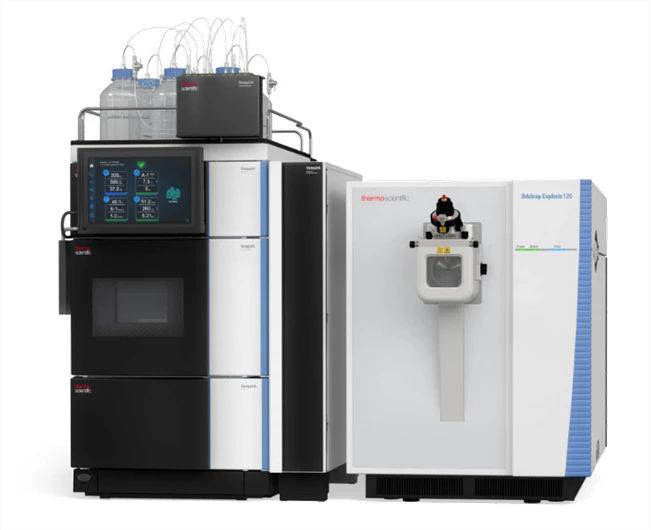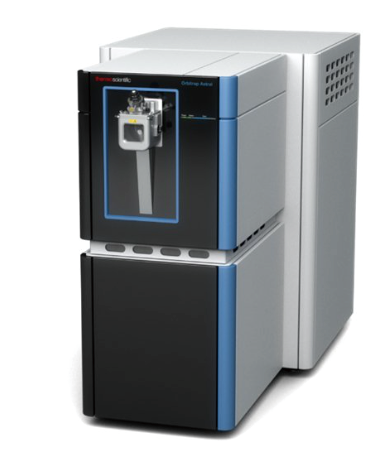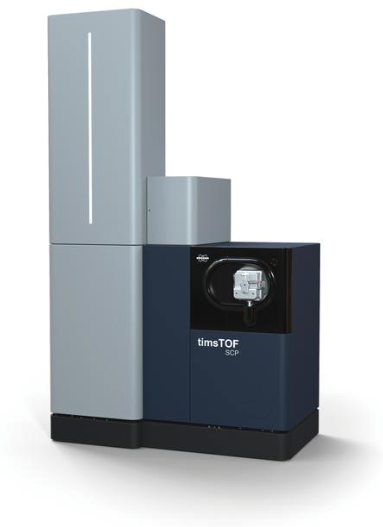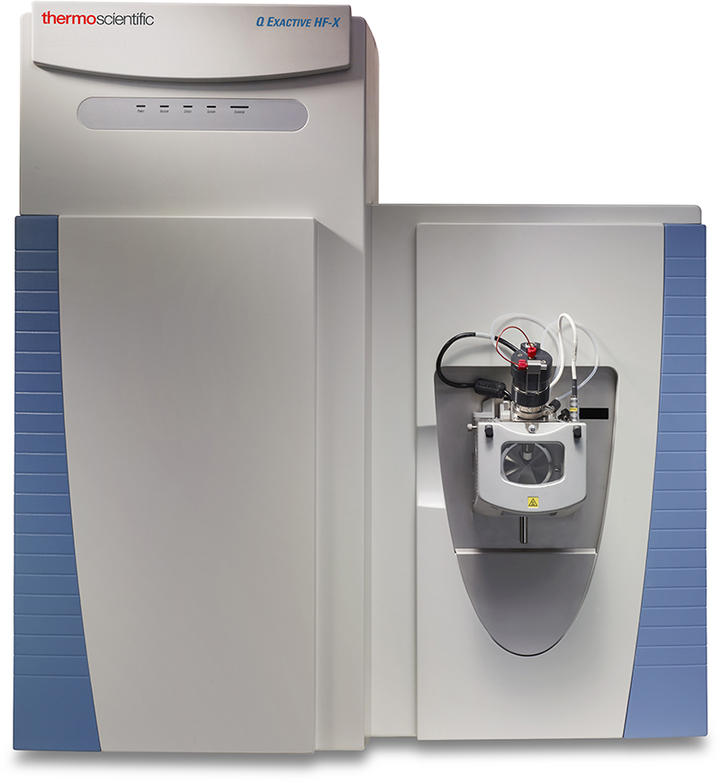AbSTRACT:
Sucrose is the most commonly transported sugar in plants and is easily assimilated by insects to fulfill the requirement of physiological metabolism. BmSuc1 is a novel animal β-fructofuranosidase (β-FFase, EC 3.2.1.26)-encoding gene that was firstly cloned and identified in silkworm, Bombyx mori. BmSUC1 was presumed to play an important role in the silkworm-mulberry enzymatic adaptation system by effectively hydrolyzing sucrose absorbed from mulberry leaves. However, this has not been proved with direct evidence thus far. In this study, we investigated sucrose hydrolysis activity in the larval midgut of B. mori by inhibition tests and found that sucrase activity mainly stemmed from β-FFase, not α-glucosidase. Next, we performed shRNA-mediated transgenic RNAi to analyze the growth characteristics of silkwormlarvae and variations in glycometabolism in vivo in transgenic silkworms. The results showed that in the RNAi-BmSuc1 transgenic line, larval development was delayed, and their body size was markedly reduced. Finally, the activity of several disaccharidases alone in the midgut and the sugar distribution, total sugar and glycogen in the midgut, hemolymph and fat body were then determined and compared. Our results demonstrated that silencing BmSuc1 significantly reduced glucose and apparently activated maltase and trehalase in the midgut. Together with a clear decrease in both glycogen and trehalose in the fat body, we conclude that BmSUC1 acts as an essential sucrase by directly modulating the degree of sucrose hydrolysis in the silkworm larval midgut, and insufficient sugar storage in the fat body may be responsible for larval malnutrition and abnormal petite phenotypes.
KEYWORDS:
Bombyx mori; Glycometabolism; Sucrose; Transgenic RNAi; β-fructofuranosidase
LINK TEXT:
https://www.ncbi.nlm.nih.gov/pubmed/?term=BmSUC1+is+essential+for+glycometabolism+modulation+in+the+silkworm%2C+Bombyx+mori




